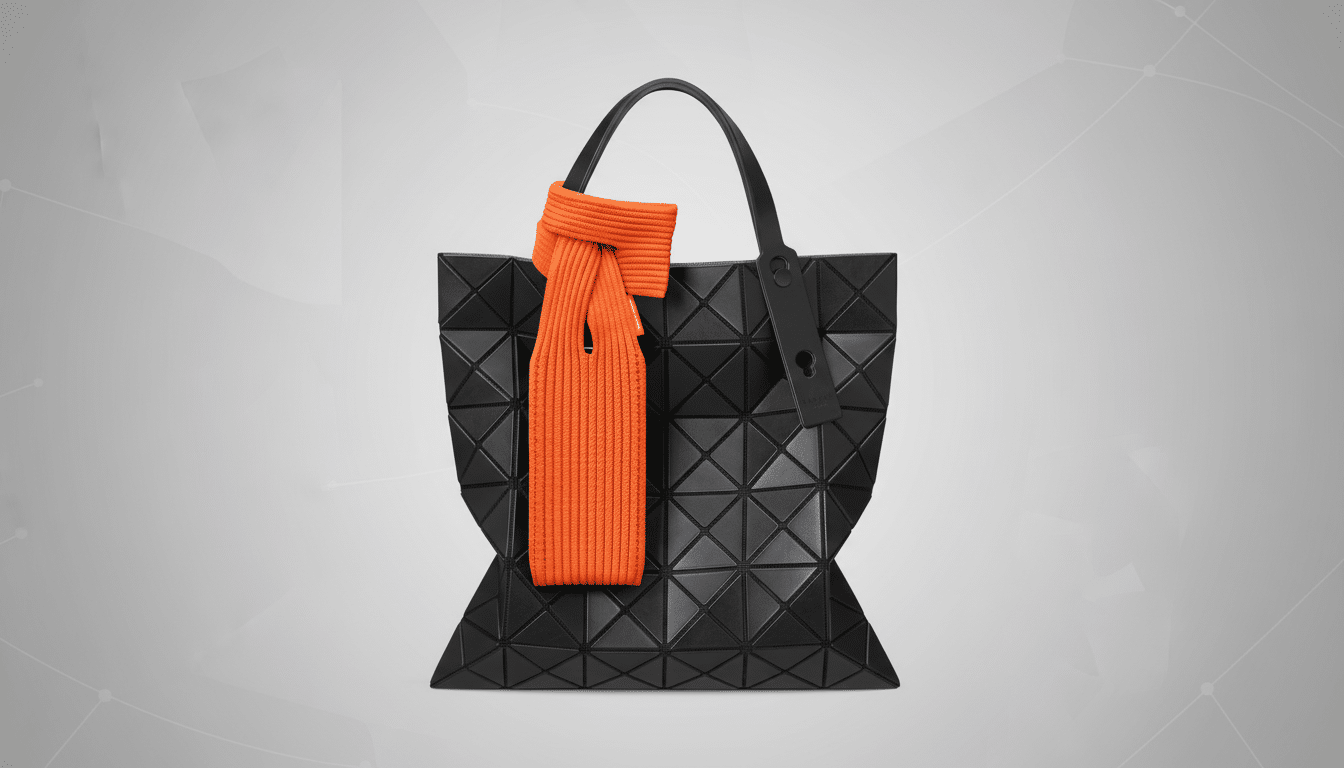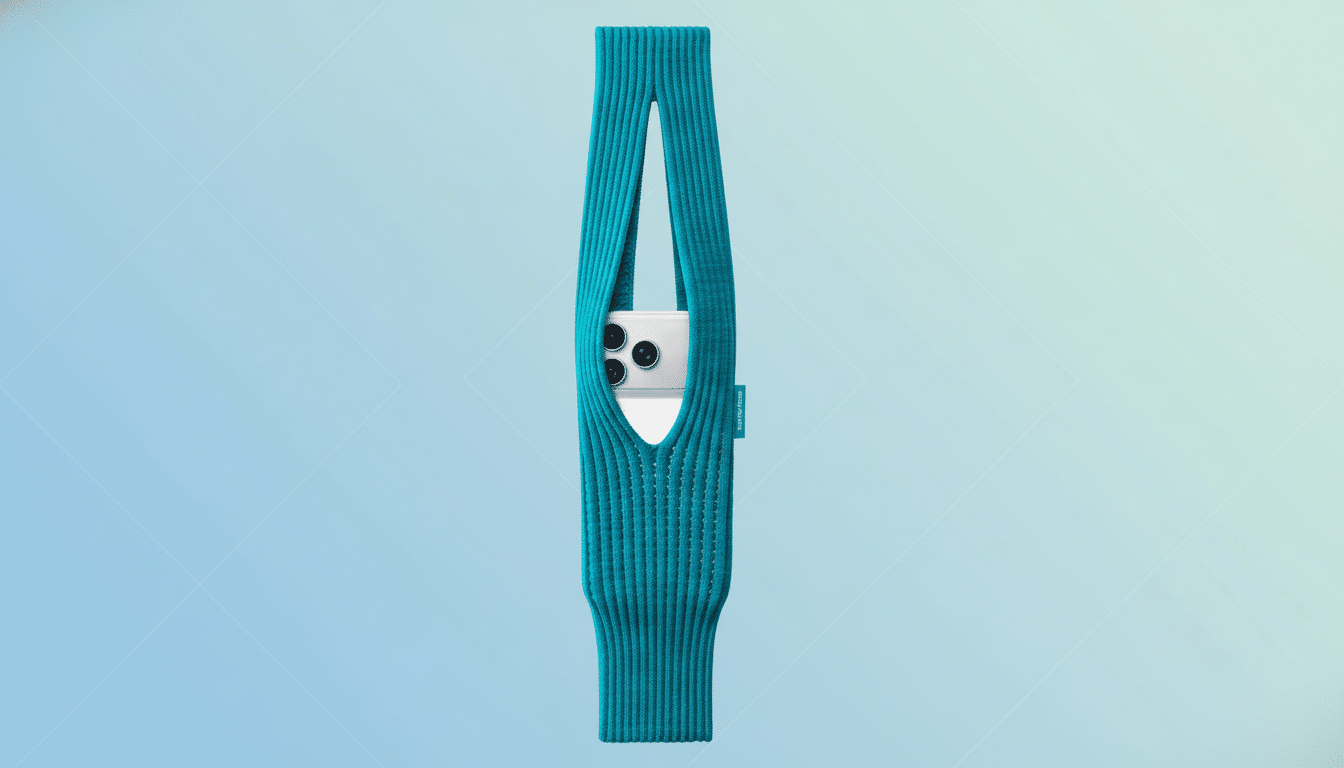Apple’s newest limited accessory, the iPhone Pocket, falls squarely in that sweet spot on the interlocking Venn diagram of luxury fashion and everyday tech. The short version is priced at $149.95, the long crossbody at $229.95 — and here comes the predictable sticker shock. But the usual “why would anyone buy this” chorus misses what Apple and its design partner are actually selling: a functional, durable and (to paraphrase those great 1980s jeans ads) intentionally fashionable way to carry your most personal computing device.
Why a $230 phone sock exists for style and utility
Carrying a phone has turned into something akin to choosing an aesthetic. Customers are already paying through the nose for color-coordinated MagSafe wallets, titanium finishes and limited-edition cases. A dedicated phone sling takes that behavior to a deliberate style statement. Its single piece of extensible textile—the shape-stretching material is strategically minimal and demurely flashes the display—solves a real-use conundrum without introducing unnecessary heft: to keep your device ready at hand, safe from bag rash and keys, toteable as the small bag that it is.
- Why a $230 phone sock exists for style and utility
- How fashion history meets hardware in the iPhone Pocket
- Why practical utility can outweigh the sticker shock
- Putting luxury pricing in perspective for phone slings
- Who will actually buy it and why this niche will endure
- The bottom line on Apple’s iPhone Pocket collaboration

A case does the same with one caveat: it doesn’t. Cases protect; slings change the carry—“is a baby in this thing?” The crossbody design evenly distributes weight, frees up your hands and eliminates dropping risks on the go, particularly when you’re using public transportation or hitting the bike path. Asurion has said for years that tens of millions of phones are damaged in the U.S. each year, and an out-of-warranty screen replacement can cost more than $200. Prevent one sidewalk mishap, and the math of that equation no longer seems ridiculous.
How fashion history meets hardware in the iPhone Pocket
The iPhone Pocket is a riff on Issey Miyake’s APOC — “a piece of cloth,” from the ’90s — for seamless, waste-minimizing garment construction. APOC’s ribbed, technical textiles stretch, shaping and returning/letting go exactly like a good phone sling should. This is not arbitrary fabric; it’s a considered application of a design philosophy that harks back to before today’s athleisure knits and performance meshes.
The Miyake connection also wraps back into Apple lore. Miyake is perhaps best known for the black mockneck that became Steve Jobs’s uniform and a metaphor for Apple’s minimalist design aesthetic. That registers less as hype than a long-awaited handshake between two design cultures that have cross-pollinated for decades (Apple’s Jony Ive and Apple Watch co-creator Marc Newson, who runs the agency with Watanabe, are noted Issey Miyake admirers).
Why practical utility can outweigh the sticker shock
Practically, the long crossbody also speaks to how people really live with phones. With tap-to-pay, digital transit cards and app-based keys, the phone becomes the only thing you need to bring. Tap-to-pay, Visa says, now accounts for more than 50 percent of in-person Visa transactions in the United States, and it’s changing bag design. A sling designed for a device you check 100 times an hour is smart, not indulgent.
And the short version also uses that pocket your clothes just don’t have. That’s no small thing — women’s fashion has long suffered from a lack of usable pockets. The compact, flexible “sock” tethers to another bag or belt loop, has room for accessories, and allows for one-handed access (no more fumbling the phone in a tote bag).

Putting luxury pricing in perspective for phone slings
Put the price in the right market, and it no longer seems out of place. The personal luxury goods category globally is now in excess of €360 billion, says Bain & Company, and micro-bags and small leather goods have been its growth engines. Consumers routinely lay down triple digits for tiny totes, nylon slings and fashion key charms. An impeccably considered, small-batch textile accessory by a legacy design house falls squarely in that range.
The tech side supports the thesis as well. According to Counterpoint Research, the mobile accessories category is a huge multi-billion-dollar industry with personalization and device protection guiding sales. Apple has already dipped its toe with a $59 crossbody strap; photographers and urban commuters like me have found it unexpectedly useful. The iPhone Pocket is a smoother interpretation—strap and sleeve as one.
Who will actually buy it and why this niche will endure
Not everyone. But fashion-tech hybrids for the masses tend to be few and far between. Count on three categories:
- Fashion-forward consumers who think of their phones as wearables
- Power users in the city who demand fast, secure carry
- Collectors for whom Miyake-adjacent Apple devices are future archive pieces
Accessory-for-accessory novelty has caught on even more in recent years — from itsy-bitsy bag charms to the vogue for bedizening water bottles — indicating that micro-utility plus personality equals a sale.
Resale dynamics matter, too. And because they come in limited colorways and feature designer provenance, they tend to hold on to their value better than generic outdoor gear. Although nobody should be in the market for a phone sling as an investment, the downside risk may not be quite what this headline price suggests.
The bottom line on Apple’s iPhone Pocket collaboration
You can roll your eyes at a $230 phone sock and still concede that it’s a coherent product. It combines a legitimate design lineage, actual utility and the facts of phone-first living. The sticker shock is real; so is the logic. If you spend most of your phone-carrying hours on the go — which happens to be how our phones are designed these days — then, well, the iPhone Pocket isn’t a luxury so much as an applied solution—one that just so happens to look like fashion because at last in 2025 function and fashion have become one and the same.

